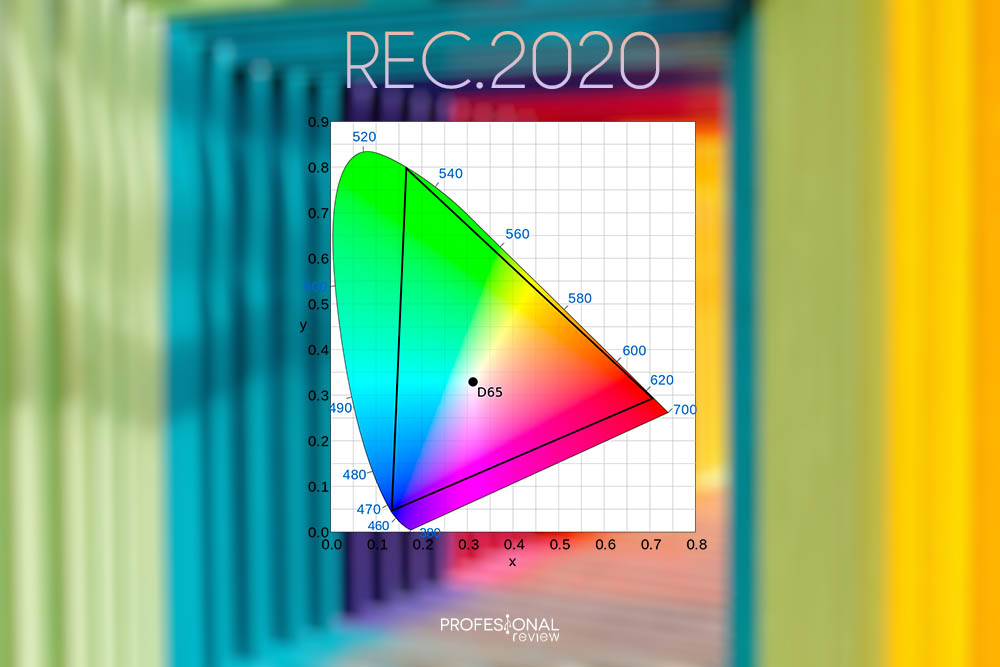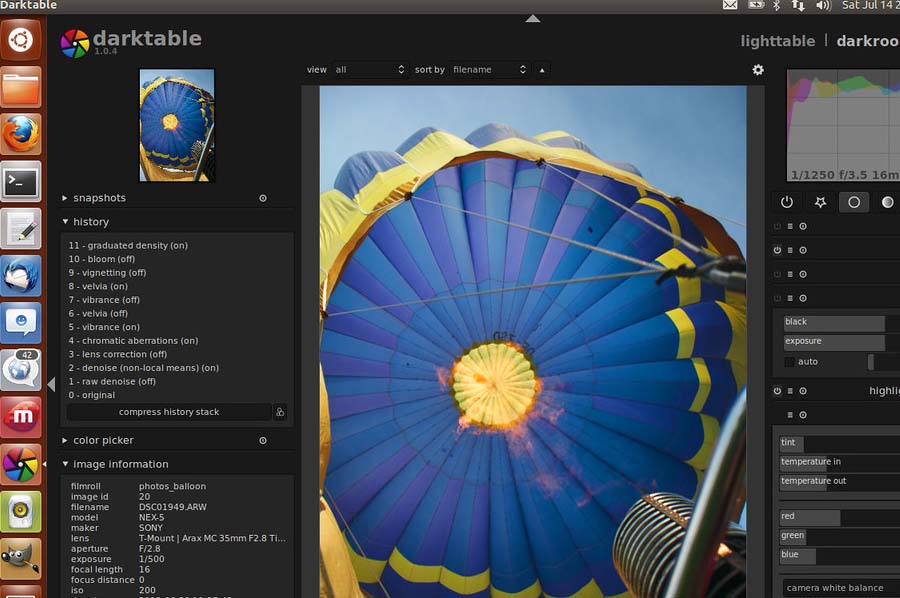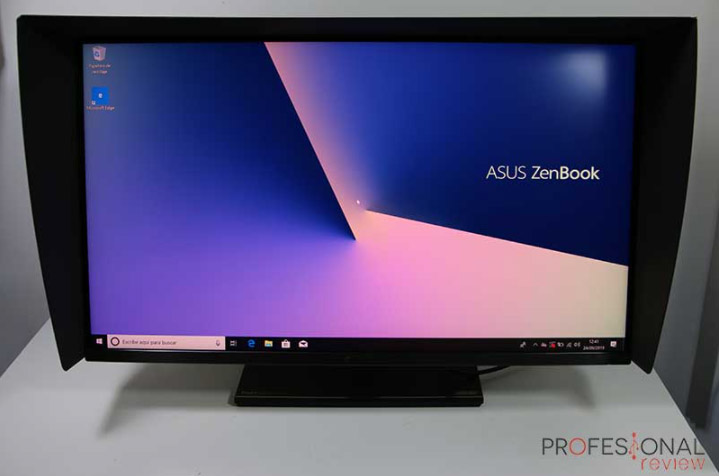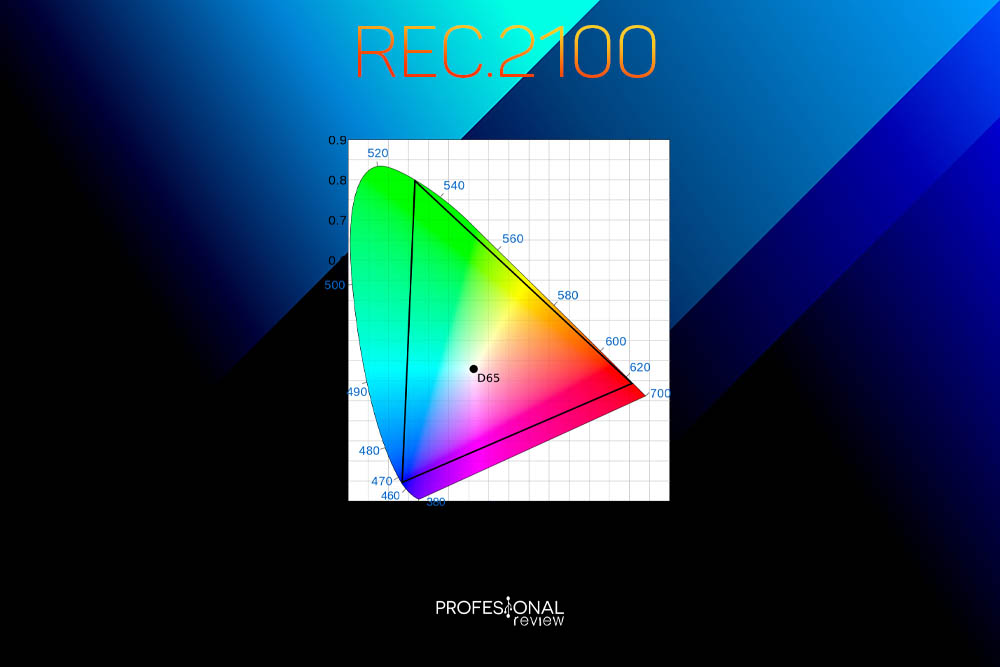What is BT.2020? The professional-focused standard that shines in monitors
Rec. 2020 or BT.2020 are a standard that brings together the recommendations issued by the ITU to define the parameters of 4K video transmission technology. We address what it is and what utility it can give to those looking for 4K monitors or televisions.
It is a specification that many manufacturers use to promote or describe their monitors, such as BenQ, ASUS or Dell, among others. Most of the time we see that it is present in professional monitors whose image quality is outstanding, and this standard meets certain requirements that are a guarantee of a quality panel.
Index of contents
What is Rec. 2020

Also known as BT.2020 , it is a set of specifications , or recommendations, for video transmission established by the International Telecommunications Union in 2012, and which is aimed at 4K televisions and projectors. This is an update to the Rec.709 specification , a standard published by the ITU-R in 1990.
To talk about Rec. 2020 we have to know what a range of colors is and what is its importance. The definition of color gamut is as follows:
It is a range of colors within all that the human eye can see. Closely related to the color palette by which an image can be created, the wider the color gamut, the more colors the screen can reproduce.
The important thing here is that the screen is capable of representing colors that the camera sensors have captured and whose information has been saved in a file in RAW , JPG or any other format .

The color gamut is then used as a language shared by cameras, monitors, screens, projectors, etc. If a color gamut were not shared, it would be impossible for the color captured by the camera to be the same as that displayed on the screen.
But what are the ITU recommendations ? They deal with resolution, frames per second and color depth, among others:
- Aspect ratio -> 16: 9.
- Pixel format : 1: 1 (square pixels).
- Resolution : 3840 x 2160 (4K) or 7680 x 4320 (8K).
- Hertz : 120p, 119.88p, 100p, 60p, 59.94p, 50p, 30p, 29.97p, 25p, 24p, or 23.976p.
- Color depth : 10 or 12 bit.
I don’t want to go into color depth too much, but the human eye has a hard time differentiating beyond 9 bits of depth. Moving on, the colometry of the system is key in Rec. 2020 because it represents a tremendous evolution from BT.709.
| Primary colors and reference white (2) | Chromaticity coordinates (CIE, 1931) |
x | and |
| Primary Red (R) | 0.708 | 0.292 | |
| Primary green (G) | 0.170 | 0.797 | |
| Primary blue (B) | 0.131 | 0.046 | |
| Reference white (D65) | 0.3127 | 0.3290 |
You may only see numbers in that table, but I already tell you that they are super deep values , taking into account that it comes from Rec.709. They are wildly different and better colors , so it is imperative that the device that reproduces the image (projector, TV or monitor) can support it.
Rec.709 is a standard that has been active since 1990, and the truth is that it has provided functionality all this time; in fact, most televisions have a wider color gamut than Rec. 709, but not as wide as Rec. 2020.
A few top-of-the-line televisions may have a BT.2020 color gamut , but most are very expensive concepts or products, such as HiSense’s Laser TV (97% Rec. 2020).
Is it related to HDR?
Thinking that Rec. 2020 is a set of specs indicated for UHD (4K), it stands to reason to wonder if it is related to HDR. Quickly, we define what HDR is to be clear about what it is:
Technique that expresses details in the content in very bright and very dark scenes. Offers a more natural and realistic image output.
And is that the contrast is related to HDR, since it offers more capacity when it comes to representing more contrast in colors. However, HDR doesn’t work miracles on its own: the panel needs to muster a good color gamut, lots of nits, and decent backlighting.
The relationship between Rec. 2020 and HDR is in the color range : the same color range is required for HDR, as defined by BT.2020. This caused a lot of fuss, so the ITU published BT.2100 , a standard that included HDR in the specifications.
Why are there monitors with Rec. 2020, but no TVs?

Think about it: for a TV or monitor to come with the Rec. 2020 standard it must have a 4K or 8K resolution and a 9 or 10-bit bit depth. The 10 or 12-bit depth is usually only seen in professional monitors dedicated to image processing, whose price is crazy for what average users are used to.
Those who work with panels of 10 bits or more are the professionals of the image, and these work with monitors (not with TVs). For this reason, it is easy to see monitors with 10-bit, 4K and with a coverage of Rec. 2020 ranging from 80% to 99% .
A quick example that comes to mind is the ASUS ProArt launched by the Taiwanese brand with QLED technology . Of course, they are not cheap monitors, and this ASUS monitor comes with mini LED backlighting, which is a full-blown innovation and is closely related to the brightness of the panel.
We hope this information has been of interest to you. If you have any questions, you can comment below and we will answer you shortly.
We recommend the best monitors on the market
Did you know this standard? Does it seem completely necessary in the professional environment?




